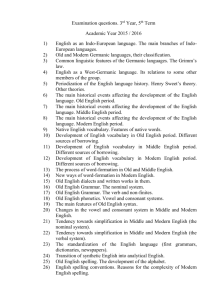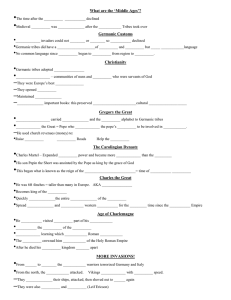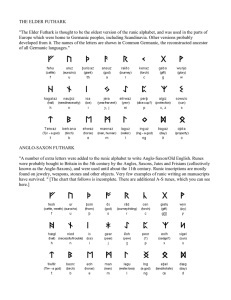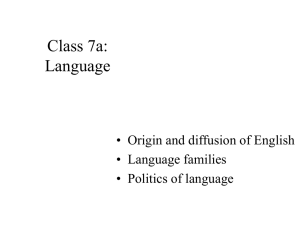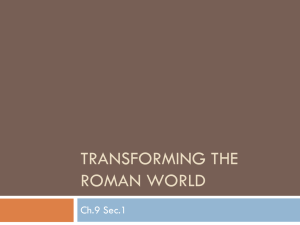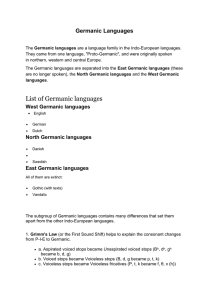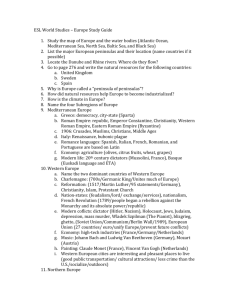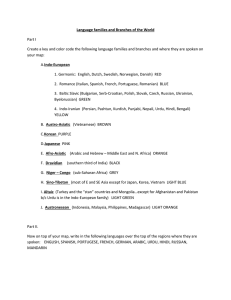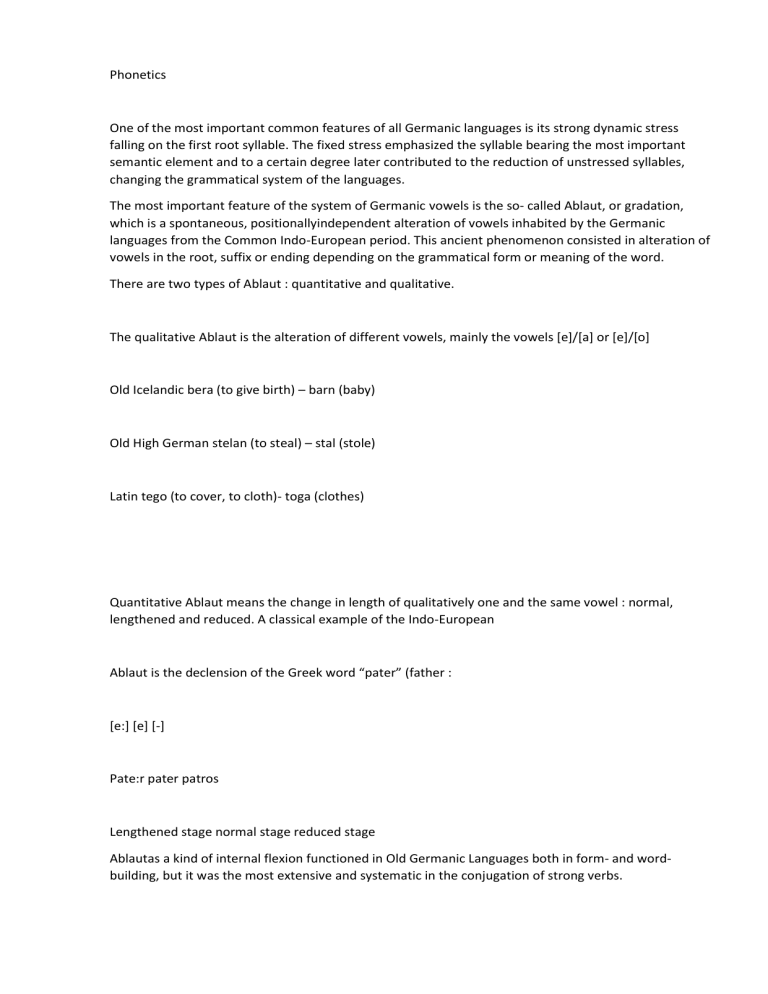
Phonetics One of the most important common features of all Germanic languages is its strong dynamic stress falling on the first root syllable. The fixed stress emphasized the syllable bearing the most important semantic element and to a certain degree later contributed to the reduction of unstressed syllables, changing the grammatical system of the languages. The most important feature of the system of Germanic vowels is the so- called Ablaut, or gradation, which is a spontaneous, positionallyindependent alteration of vowels inhabited by the Germanic languages from the Common Indo-European period. This ancient phenomenon consisted in alteration of vowels in the root, suffix or ending depending on the grammatical form or meaning of the word. There are two types of Ablaut : quantitative and qualitative. The qualitative Ablaut is the alteration of different vowels, mainly the vowels [e]/[a] or [e]/[o] Old Icelandic bera (to give birth) – barn (baby) Old High German stelan (to steal) – stal (stole) Latin tego (to cover, to cloth)- toga (clothes) Quantitative Ablaut means the change in length of qualitatively one and the same vowel : normal, lengthened and reduced. A classical example of the Indo-European Ablaut is the declension of the Greek word “pater” (father : [e:] [e] [-] Pate:r pater patros Lengthened stage normal stage reduced stage Ablautas a kind of internal flexion functioned in Old Germanic Languages both in form- and wordbuilding, but it was the most extensive and systematic in the conjugation of strong verbs. Another phenomenon common for all Germanic languages was the tendency of phonetic assimilation of the root vowel to the vowel of the ending, the so- called Umlaut , or mutation. This process must have taken place in the 5-6th centuries and can be illustrated by comparing words from the language of the Gothic bible (4th century) Goth harjis OE here (army) Goth domjian OE deman (deem) Goth kuni OE cyn (kin) Speaking about Germanic consonants, we should first of all speak of the correspondence between IndoEuropean and Germanic languages which was Presented as a system of interconnected facts by the linguist Jacob Grimm in 1822. This phenomenon is called the First Consonant Shift, or Grimm’s law. Indo-European Germanic Voiceless P, t, k f, p,h Lat pater OE fader (father) Gr kardia OHG herza (heart) The table below shows a scheme of Grimm’s law with the examples from Germanic and other languages. However, there are some instances where Grimm/s law seems not apply. These cases were explained by a Dutch linguist Karl Verner, and the seeing exceptions from Grimm’s law have come to be known as Verner’s law. Indo-European Germanic Voiceless p, t, k f, p,h Lat pater OE fader (father) Gr kardia OHG herza (heart) Lat tres Goth preis (three) voiced voiceless bdgptk Rus болото OE pol (pool) Lat duo Goth twai (two) Gk egon OIcl ek Grammar One of the main processes in the development of the Germanic morphological system was the change in the word structure. The common Indo-European word consisted of three elements : the root, expressing the lexical meaning, the inflexion or ending, showing the grammatical form, and the so-called stemforming suffix, a formal indicator of the stem type. It should be also mentioned that Germanic languages belonged to the synthetic type of form-building, which means that they expressed the grammatical meanings by changing the forms of the word itself, not resorting to any auxiliary words. The Germanic nouns had a well-developed case system with four cases (nominative, genitive, dative, accusative) and two number forms (singular and plural).They also had a category of gender (feminine, masculine, and neuter.)The means of form-buildings were the endings added to the root/stem of the noun. The Germanic verb had a well-developed system of categories, including the the category of person (first, second, third), number ( singular and plural), tense (past and present, the latter also used for future actions), mood ( indicative and imperative) and voice. The categorical forms employed synthetic means of formbuilding. Alphabet Alphabet Although the people of the Germanic tribes were mostly, illiterate, some of the Germanic nations had their own mode of writing, with a distinctive alphabet called runic, each letter of which was called a rune. We know that runes were used to record early stages of Gothic, Danish, Swedish, Norwegian, English etc. On archeological grounds the earliest runes are dated to the second century. The early runes were not written, runic script was designed for inscribing, at first on wood, which explained in many of its characteristics. Letters were made up of vertical strokes, cut at right angles to the grain. The earliest known runic alphabet had twenty-four letters arranged in a peculiar order. Thus we may summarize that the principle features common to all the languages of the Germanic language area were: Fixation of the main stress on the initial syllable of the word The first shift of affecting the Indo-European voiceless and voiced sounds Reduction in the number of cases

